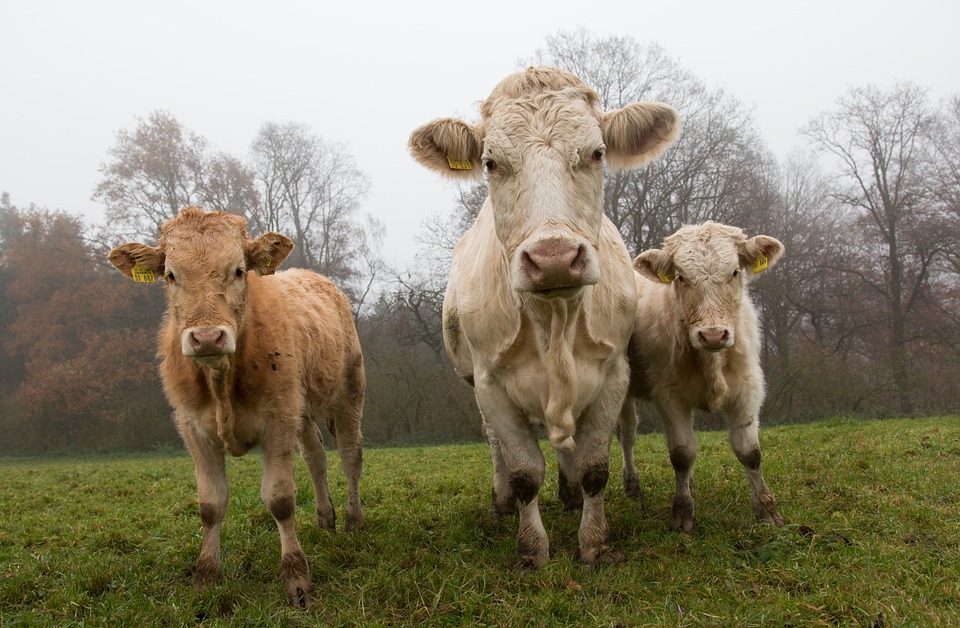
Advertisement
Some considered antibiotics to be the 20th century’s greatest medical advancement, but these days, after years of being misused and over-prescribed, that class of medications may be in danger of being removed altogether from the United States.
Here’s the story.
Some years ago, in the 1940s, scientists discovered that introducing subtherapeutic amounts of antibiotics into animals improved their feed-to-weight ratio, and within a decade the Food and Drug Administration approved penicillin, chlortetracycline and oxytetracycline as additives to livestock feed.
But just 18 years later the British government released a study indicating “that the only antimicrobials that should be permitted as growth promotants in animals were those that were not depended on for therapy in humans or whose use was not likely to lead to resistance to antimicrobials that were important for treating humans.”
Not long after the release of that study, called the “Swann Report,” a lobbying effort began to get antibiotics out of animal feed altogether. In 1976 the FDA formed a pair of subcommittees to look into such concerns. What they found aligned with the findings in the Swann Report.
So the following year then-FDA Commissioner Donald Kennedy proposed banning the use of tetracycline and penicillin in animal feed. Science and health professionals approved of the ban, while farmers and drug makers did not.
Congressional powers that be got involved, and lawmakers with ties to the aforementioned special interests pulled strings and made threats about pulling funding. But by the 21st century, the federal government finally started acting. In 2011, the FDA was sued by environmental and consumer groups for finding that use of antibiotics in livestock feed could lead to bacterial resistance, yet did not act on the information. The FDA responded by implementing a voluntary plan to phase out use of certain antibiotics.

European nations did not wait for definitive proof. Sweden, in 1986, blocked use of antibiotics for growth promotion in livestock, becoming the first nation to do so, according to NYC Food Policy. Since then, Denmark has banned their use in poultry and swine. And the European Union, following Denmark’s example, banned use of antibiotics for growth promotion in all livestock in 2006. What’s more, there has been no appreciable rise in disease rates for livestock or the cost of production, which means there has been minimal price increases at the market – unlike what opponents of the ban predicted.
There has been some progress in the U.S., though virtually none on the federal level due to far too many competing interests. In 2015, California passed legislation banning use of antibiotics in livestock for growth.
NYC Food Policy notes further that if the effort to curb antibiotics resistance in humans is to hit its stride, it will have to happen in the form of state action or through pressure on the private sector – food manufactures and merchants– to end antibiotic use.
Sources:
Submit a correction >>
This article may contain statements that reflect the opinion of the author
Advertisement
Advertisements















